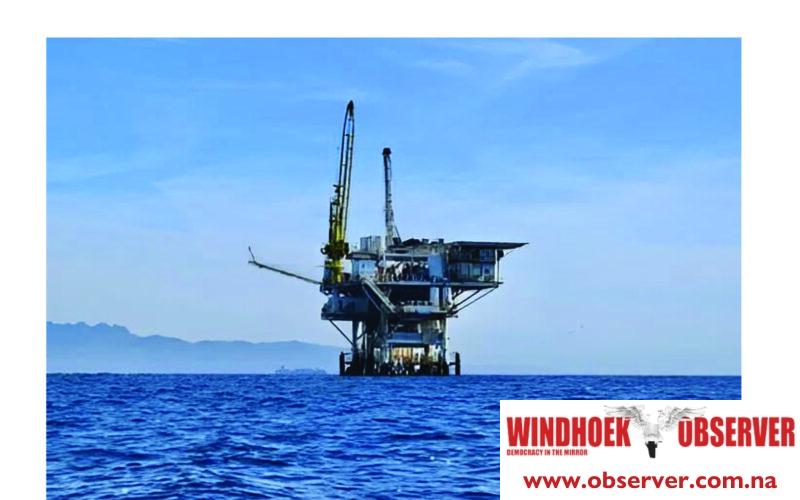Chamwe Kaira
The environmental and social impact assessment (ESIA) for the proposed offshore Venus Field Development in petroleum exploration licence (PEL) 56/Block 2913B off southern Namibia is now open for public review and comment.
The Draft ESIA Report, prepared by SLR Consulting and Urban Dynamics Africa, examines the potential environmental and social impacts of TotalEnergies EP Namibia B.V.’s (TEEPNA) planned project.
The report is available for public comment from 3 November to 3 December 2025.
The Venus Field, discovered about 300 kilometres offshore from Oranjemund in waters roughly 3,000 metres deep, is one of Namibia’s largest oil finds.
TEEPNA, together with joint venture partners Impact Oil and Gas, QatarEnergy International E&P LLC and Namcor, plans to develop the field to produce light crude oil.
The development could involve drilling up to 40 subsea wells, including 20 oil production wells and 20 gas injection wells.
A floating production, storage and offloading (FPSO) vessel will process and store extracted hydrocarbons, reinject gas into the reservoir; and offload oil to shuttle tankers.
The oil will then be transferred to conventional tankers at a nearshore transshipment area located about 5 kilometres from the coast and 20 kilometres north of Walvis Bay.
Before construction begins, the joint venture must obtain an environmental clearance certificate (ECC) from the Ministry of Environment, Forestry and Tourism (MEFT) under the Environmental Management Act and the environmental impact assessment regulations of 2012.
The ESIA process includes two stages.
The first, the scoping phase, was completed and approved by MEFT on 7 August 2025. The current phase focuses on identifying and mitigating environmental and social impacts.
The draft ESIA Report and a non-technical summary will be available in English, Afrikaans, Oshiwambo, Otjiherero, and Nama/Damara from 3 November 2025.
Copies can be obtained online or at municipal offices in Walvis Bay, Lüderitz, Keetmanshoop, Bethanie, Oranjemund, Swakopmund and Windhoek.
A public consultation programme will run from 3 to 21 November 2025, including open house sessions and public meetings in various towns, as well as virtual engagements covering marine ecology, air quality and socio-economic issues.
All feedback received will be included in a comments and response report, which will form part of the final ESIA submission to MEFT for approval.
Caption
Namibia is on the road to becoming an oil producer.
- Photo: Contributed




